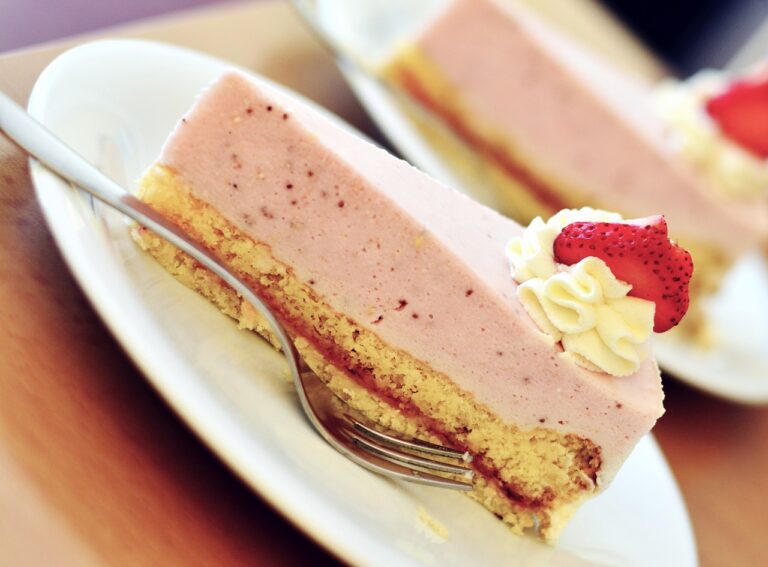The Evolution of Retail Design: Creating Memorable Shopping Environments
Retail design encompasses several key elements that contribute to creating a successful and engaging shopping environment. One crucial element is the layout of the store, which should be intuitive and easy to navigate for customers. A well-designed layout can guide shoppers through different sections seamlessly, encouraging them to explore and ultimately make purchases.
Another important element of retail design is the use of visual merchandising. This involves strategically placing products, using attractive displays, and incorporating eye-catching signage to draw attention and generate interest. Effective visual merchandising can help highlight certain items, promote sales, and enhance the overall shopping experience for customers.
Early Influences on Retail Environments
Ancient marketplaces served as the foundational pillars for modern retail environments. These bustling hubs, such as the Agora in ancient Greece or the Roman forum, were not only places of commerce but also social and political centers. The layout and design of these early markets influenced the development of retail spaces as we know them today.
Additionally, the concept of storefronts can be traced back to medieval Europe. Markets were set up along streets, with vendors selling their goods out of small stalls or shop windows. This shift from solely marketplace-based transactions to individualized storefronts marked a pivotal moment in the evolution of retail design. The idea of creating a distinct physical space to display and sell products laid the groundwork for retail environments to become more immersive and personalized.
What are some key elements of retail design?
Some key elements of retail design include layout, lighting, signage, color scheme, and merchandise displays.
How do early influences shape retail environments today?
Early influences such as historical architecture, cultural traditions, and technological advancements have all played a role in shaping modern retail environments.
Why is it important to consider retail design when setting up a store?
Retail design can impact the overall shopping experience for customers, influencing their mood, behavior, and likelihood to make a purchase.
How can retail design help attract customers to a store?
Effective retail design can create a visually appealing and inviting atmosphere that attracts customers and encourages them to explore the store.
What role does technology play in modern retail design?
Technology plays a significant role in modern retail design, with features such as interactive displays, digital signage, and mobile payment options enhancing the overall shopping experience.





